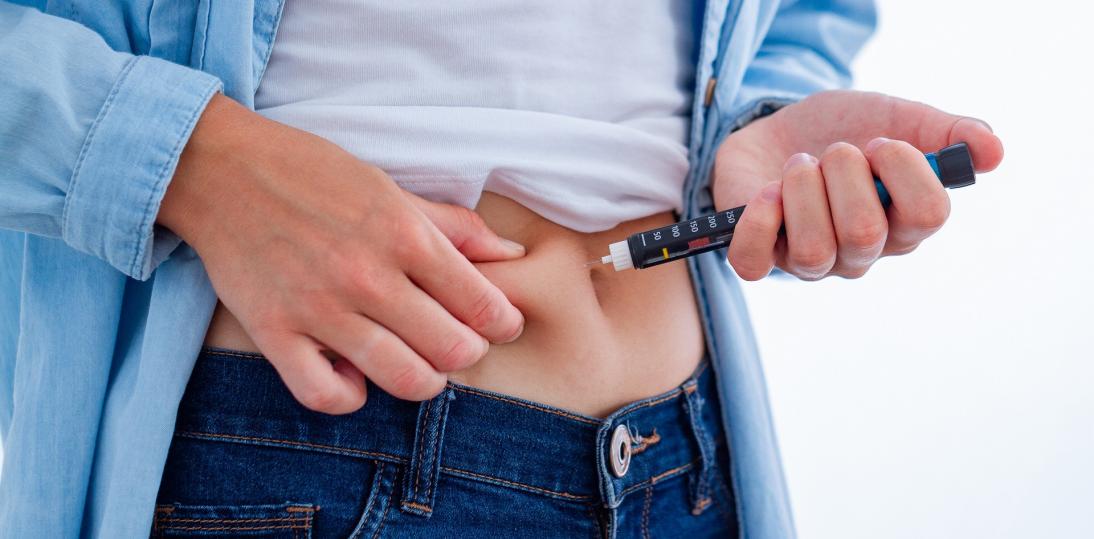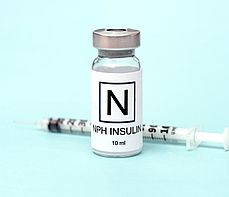
prices would be roughly four times higher than in other countries. Even when using net prices, which incorporate possible rebates, U.S. ($98.70 USD) than in all other OECD countries ($8.81 on average). The study revealed that the manufacturer price for any given type of insulin averaged five to ten times higher in the U.S. The price of insulin in the United States compared to other countriesĪ landmark study published by the RAND Corporation in 2020 analyzed the average price of several different forms of insulin (human, analog, rapid, rapid-intermediate, short, short-intermediate, intermediate, and long-acting) in 33 countries of the Organization for Economic Cooperation and Development (OECD), which includes most of the world's developed countries and high-income countries. Top 10 Countries Where Insulin is Most Expensive (2018 RAND Corporation): Even with insurance, the cost of insulin and other necessary supplies can often cost more than a typical patient can reasonably afford. Upgraded formats such as inhalers and insulin pens can be easier to use and travel with, but these tend to cost even more. Moreover, diabetics must also purchase glucose monitors, test strips, lancets, and other supplies. Generally speaking, injectable insulin can range anywhere from $25-$300 per vial, and a patient may require as many as six vials per month. For example, the American Journal of Managed Care pointed out that the cost of a one-month supply of the insulin Humalog cost $21 in 1996, but $275 in 2019-a 1200% increase-but actual inflation during that same period was only 63.67%. Unfortunately, insulin prices have skyrocketed in the United States over the past two decades and continue to rise. Without adequate insulin, the body becomes unable to manage its blood sugar level, which can lead to a host of medical complications-in fact, according to the International Diabetes Foundation, diabetes caused 6.7 million deaths in 2021.įortunately, type 1 diabetes is usually treatable with the use of man-made insulin, which can be administered via a syringe or pen, an inhaler, or a surgically attached pump. There are two main forms of diabetes: Type 1, in which the pancreas fails to produce enough insulin and type 2, in which the pancreas makes enough insulin but the cells can't process it effectively. However, in roughly 10% of the world's population (see Diabetes Rates by Country, the body's ability to produce and utilize insulin is disrupted, resulting in a chronic condition known as diabetes.
Analog insulin how to#
Read more about how to correctly acknowledge RSC content.Insulin is a hormone, made by the pancreas, which enables the body's cells to absorb sugar (glucose) from the bloodstream and consume it for energy. Permission is not required) please go to the Copyright If you want to reproduce the wholeĪrticle in a third-party commercial publication (excluding your thesis/dissertation for which If you are the author of this article, you do not need to request permission to reproduce figuresĪnd diagrams provided correct acknowledgement is given.

Provided correct acknowledgement is given. If you are an author contributing to an RSC publication, you do not need to request permission Please go to the Copyright Clearance Center request page. To request permission to reproduce material from this article in a commercial publication, Provided that the correct acknowledgement is given and it is not used for commercial purposes. This article in other publications, without requesting further permission from the RSC, Chou,Ĭreative Commons Attribution-NonCommercial 3.0 Unported Licence.

Novel four-disulfide insulin analog with high aggregation stability and potency In conclusion, we have discovered a novel four-disulfide insulin analog with high aggregation stability and potency. We further demonstrate that this four-disulfide analog has similar in vivo potency in mice compared to native insulin and demonstrates higher aggregation stability. Furthermore, the A22-B22 analog maintains the native insulin tertiary structure as demonstrated by X-ray crystal structure determination. Insulin activity was retained by an analog with an additional disulfide bond between residues A22 and B22, while other linkages tested resulted in much reduced potency. Here, in an effort to mitigate this problem, we introduced a 4 th disulfide bond between a C-terminal extended insulin A chain and residues near the C-terminus of the B chain. A key challenge is the requirement for refrigeration to avoid inactivation of insulin by aggregation/fibrillation. Although insulin was first purified and used therapeutically almost a century ago, there is still a need to improve therapeutic efficacy and patient convenience.


 0 kommentar(er)
0 kommentar(er)
